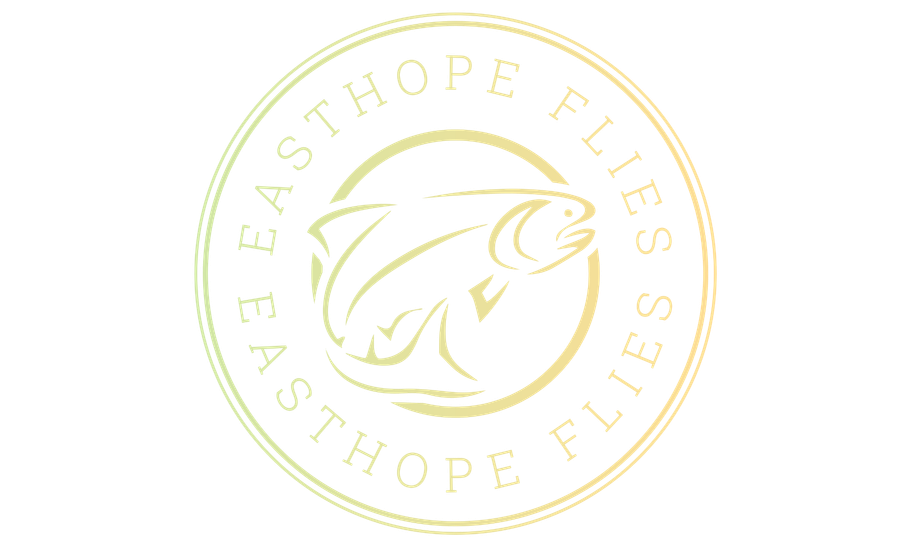What is the difference between an Eastie's beastie, an Eastie's wee beastie and a Parachute fly?
An Eastie's Beastie focusses on the technique of creating the wing and hackle supporting the fly in the surface film when tying an emerging pattern
An Eastie's Beastie is a technique that involves no post to support the hackle, and has the wings represented underneath the hackle either front, middle or rear by the points of the feathers used to create the hackle,
And easties wee beastie uses the same technique but does not represent the wing. This is used either when the angler wants to represent a fly with no wings visible or when a genetic hackle is being used and there are no feather points to incorporate
A Parachute fly uses a technique of creating a hackle around a post that is used to represent a wing.
W
Why is the Easthpe postless parachute technique such a big deal?
Parachute flies are tied in such a way that leaves 2 options for how the final hackle looks. Either the post is left upright and the hackle represents legs of a small creature clambering out of a shuck or the post is collapsed so that part of the hackle is sandwiched between the hook and post imitating wings
The Easthope postless parachute technique removes these restrictions and offers several more ways for the hackle to be presented.
Flat wing sedge
Eastie's beastie
Eastie's wee beastie’s
Mohican spent wing
Mohican dun wing
mixed hackle wing
Stacked hackle wing
Twin hackle ( two Eastie's wee beastie hackles, one above the hook one below
Duel hackle a collar hackle and Mohican dun occupying the same space
Duplicate hackle,2 sedge wing hackles one above one below the hook, the length of the lower hackle is shorter to present a throat hackle under a wing
Are these Flies the same as the ones I use, just made differently?
The technique used for these flies has many applications as already discussed, Some of these applications generate something new. others improve the process, a dynamic of an existing fly pattern, it's presentation or its durability.
Flies have Many componants to them including tails, bodies, ribs, legs, wings, thorax, hackles and heads. In any particular style of fly, it may contain any number of these components but omit others
Realistically the Easthope postless parachute hackle technique is of most interest for the hackle, legs and wing. If a pattern has many componants but only one of these three using this technique, then the fly may be very similar to other patterns that are already popular.
The important thing to remember is that Fly fishing is a sport, like all sports, confidence in yourself and your equipment plays a huge role.
Fly selection is personal, hence the large range of flies offered by outfitters. the aim of this website is to offer you the opportunity to find flies that improve on your current favourites and consequently your confidence while fishing it, for what ever reason that may be.
For Further information regarding the vice that Simon Uses, and for where to puchase one click Here
© Copyright. All rights reserved.
We need your consent to load the translations
We use a third-party service to translate the website content that may collect data about your activity. Please review the details in the privacy policy and accept the service to view the translations.

